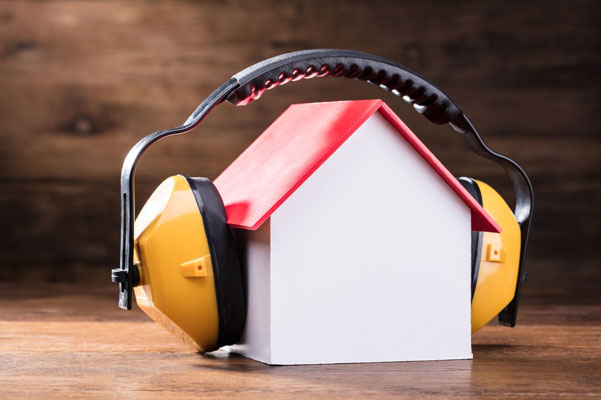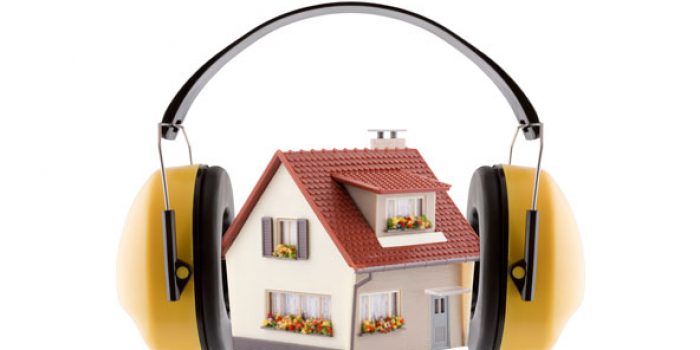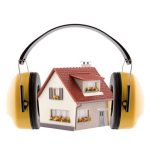Insulate yourself against noisy neighbours, caterwauling wildlife, and the sound of honking horns. Luke Rix-Standing discovers how.

You might think soundproofing is only for music studios, or the cottages of the royals, but even ordinary homeowners can take a few steps towards sanity-saving silence.
In fact, among modern urbanites surrounded by the sounds of the city, and the increasing number of neighbours in subdivided buildings, it’s becoming more and more of a hot-button issue.
Older properties are particularly prone to noise pollution, with poorly insulated fireplaces, creaking windows and perhaps crumbling plaster allowing sound to travel almost straight through.
As with most home improvements, soundproofing also adds value to your property. Silence is golden – whether it’s for you or your selling price.
Here’s what to do if next door won’t stop arguing, your child asks Santa for a drum-kit, or your upstairs neighbour starts taking tap-dancing lessons…
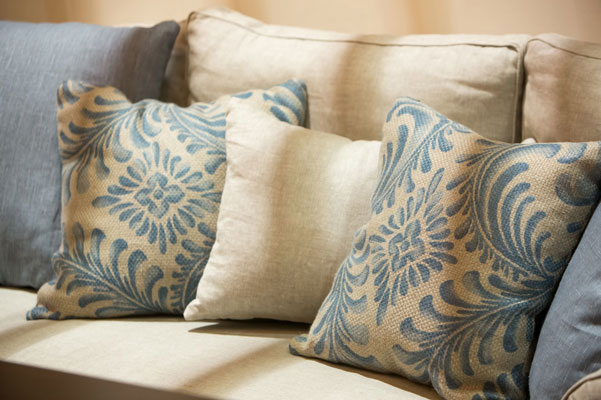
Quick, easy fixes
They say you should know thine enemy, so it’s worth taking a moment to understand the sound you’re trying to repel.
“You have to think about impact noise and airborne noise,” says Jeremy Wiggins, technical director at gpad London, “the former is noise like footsteps, the latter things like music.”
Remember also that soundproofing is as much about protecting your home from itself as the outside world. Speaker systems and shouting matches make a lot of noise wherever they are, and you don’t want all your domestic goings-on to be audible from room to room.
‘Dress’ your home with furnishings that take the edge off unwanted noise. Hard surfaces reflect sound waves, while softer surfaces absorb them, so the more rugs and carpets you lay down, the less noise will go through the floor.
Heavy curtains help blunt sound transmission between your home and the street, and sofas and armchairs drink up the decibels, while denser materials like laminate and stone send them ricocheting around the room. That’s not to say your furnishings have to be soft, and a well-stocked bookcase is nearly as effective as a furry wall-hanging.
Even simple additions like posters have some impact, but wall insulation is determined more by their main covering. “Knowing what materials to use is terribly important,” says Julian Prieto, head designer at MyEdge2. “Wallpaper is great for absorbing some of the sound, but tiles, on the other hand, will reflect most airborne noise.”
It’s worth experimenting with noise reduction techniques before you invest in costly structural change. Simple, DIY measures like silencing squeaking floorboards don’t insulate your home, but they lessen the amount of sound you’ll need to proof.
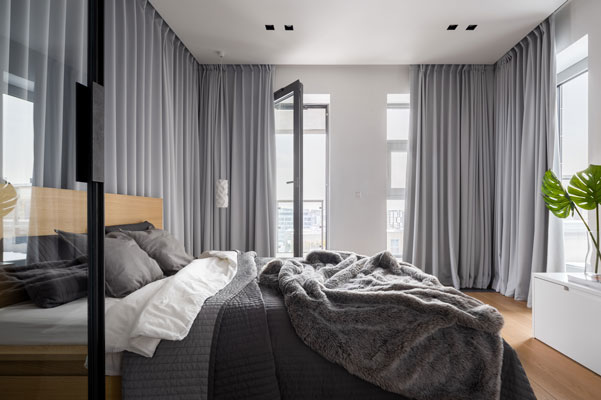
Windows and doors
To repel external sound, first tighten up obvious access points.
Windows are a common chink in the armour, and double glazing can cut out noise and deliver handy savings on your heating bill. Gaps in window frames allow sound to seep in and out, so seal up any cracks with industrial sealant or adhesive foam strips.
Ill-fitting doors experience similar sound leakage, so install a brush or draught excluder to plug gaps between door and floor, and, for the best results, consider making your door lead-lined. Remember that noise intrusion is a two-way problem – if you can hear the hallway, your hallway can also hear you.
Many interior doors are hollow core, and poor at keeping out noise. Install solid core doors on private spaces like bedrooms and bathrooms, and add vinyl weather stripping for the best results.
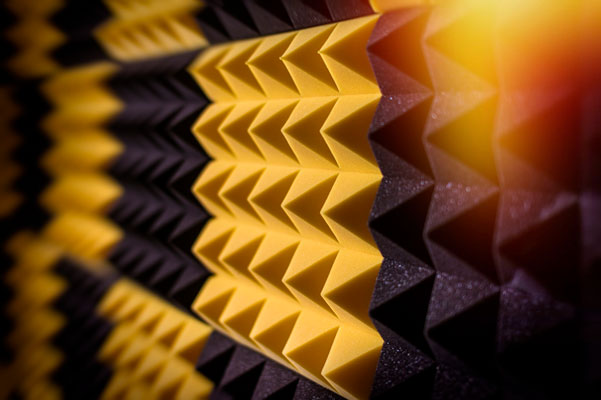
Re-structured silence
So much for the literal window dressing – but it’s your walls, ceilings, and floors that are doing the heavy lifting.
In cities, it’s often ceilings that take the most flak, as heavy footfall from the flat above can shake the rafters with the force of a steel drum.
“Sound passes through floors as vibrations generated by footsteps,” says Ben Hancock, managing director at Oscar Acoustics. “Prevent this by installing a ‘floating soundproof ceiling’.”
By quite literally adding a layer, these ceilings leave a cavity which breaks the path of the vibration. They’re quite expensive, but you get what you pay for.
There are similar solutions for walls and floors. “Think of your walls as a boom box,” says Prieto. “If you tap one side and the space between is hollow, your walls will work as amplifier.” Filling the space with rock wool or acoustic foam will muffle any shared or party wall, giving your home super-high sound absorption with no real aesthetic change.
“For floors,” he continues, “there are rubber membranes that will insulate from impact noise, so you can still use hardwood floors without any problems. Nowadays, most refurbishments include underfloor heating systems – they also work extremely effectively for reducing noise.”
